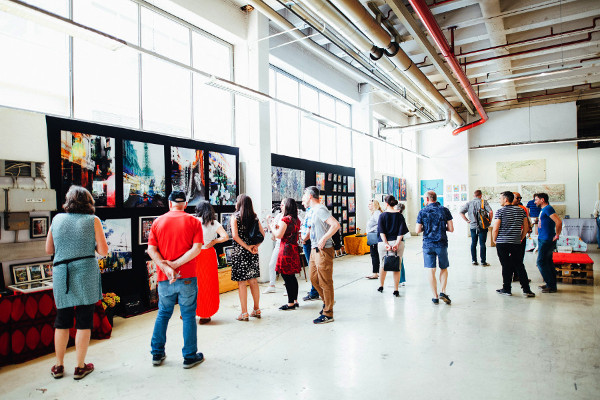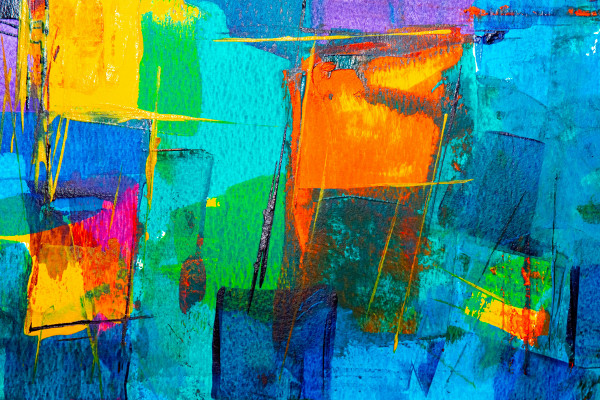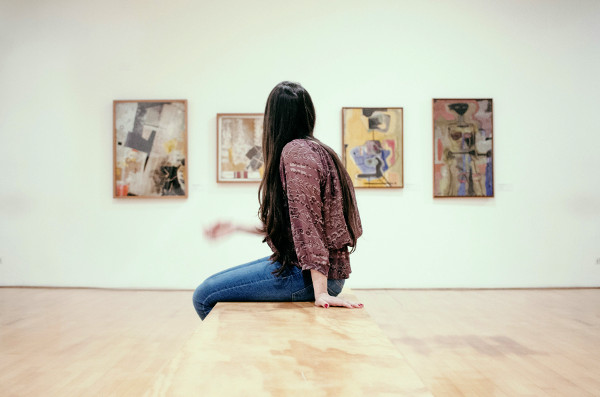How Not to Be Clueless About Art at the Dinner Table: The Top 10 Art Movements in a Nutshell
Let's face it: most people feel a little out of their depth when the topic of art comes up at social gatherings. You want to keep up with the conversation, but you’re not sure whether to nod knowingly at the mention of the “Renaissance” or pretend you’ve heard of “Abstract Expressionism.” But fear not. Understanding art doesn’t require a PhD in art history or a wealth of pretentious gallery jargon. If you want to sound like you know what you're talking about at the next dinner party (or just impress your date), here's a crash course on the top 10 art movements that have shaped the world we live in.
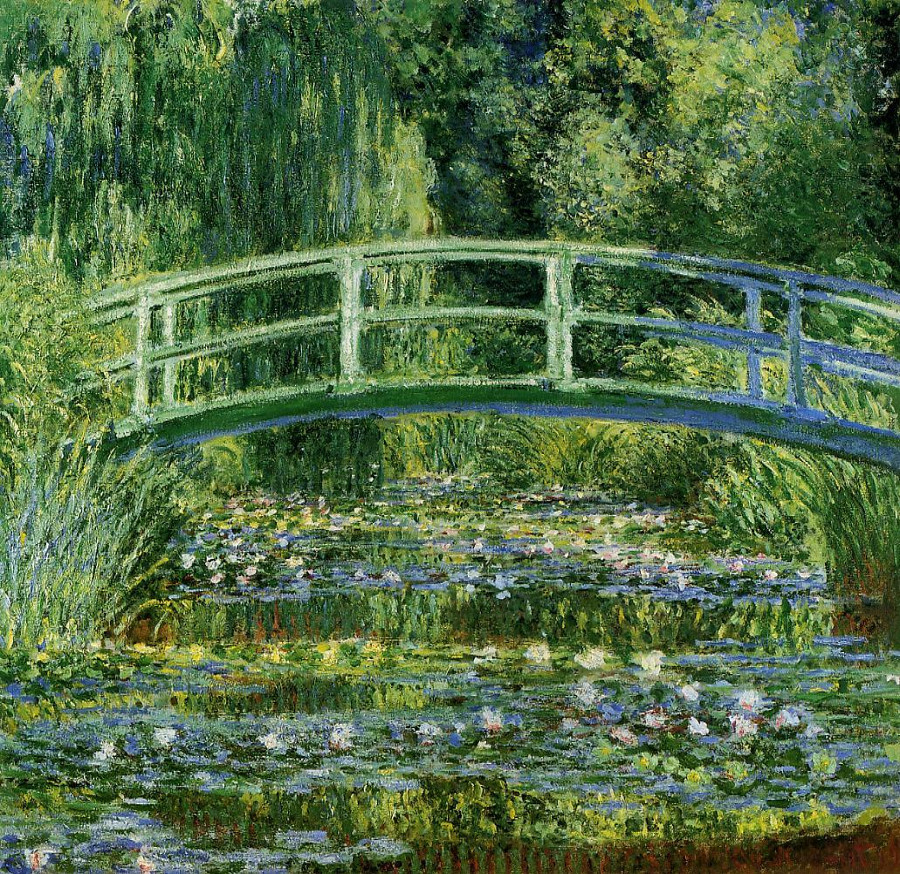
You’re about to become an art-savvy conversationalist without all the stress of memorizing a list of names and dates. Trust me, this is much easier than trying to figure out who designed the last piece of furniture you bought at IKEA.
1. Renaissance: The Original “Back to Basics” Movement
The Renaissance isn’t just something you read about in history books - it's basically the moment when art had a makeover. Starting in Italy around the 14th century, artists turned their focus back to the classical ideals of Ancient Greece and Rome. Think of it as the ultimate reboot of art, emphasizing the beauty of the human form, accurate proportions, and perspective. It's all about realism, light, and creating depth. It’s the artistic equivalent of “get back to the basics.”
Artists like Leonardo da Vinci and Michelangelo are the rock stars of this era, and their masterpieces (hello, Mona Lisa and David) still make people swoon. The Renaissance didn’t just change the way people painted - it changed how people viewed humanity and its potential. So, if you’re ever caught in an art conversation, just throw around the word humanism and you’ll sound like a pro.
2. Impressionism: When Art Got a Little Less… Stuffy
Now, imagine you’re tired of all that realistic stuff and want to get a little more fun with your paintbrush. Enter Impressionism, the movement that said, “Let’s focus on light, color, and feeling instead of trying to copy reality perfectly.” Born in France in the 19th century, Impressionists started capturing everyday scenes - not grand historical moments or religious subjects - just regular people doing regular things. But it wasn’t about realism - it was about what they felt about the scene.
Artists like Claude Monet and Pierre-Auguste Renoir had an obsession with light and the way it danced on objects, which explains all those vibrant colors you see in their work. Impression, Sunrise by Monet literally kicked off this movement. So, next time you see a blurry landscape or someone painting a pond, just say, “Ah, classic Impressionism.”
3. Cubism: Getting Your Head Around Picasso
If you’ve ever stared at a Pablo Picasso painting and wondered if he was having a bad day, here’s the thing: Cubism was all about breaking down reality into shapes and angles. Developed by Picasso and his buddy Georges Braque in the early 20th century, Cubism threw traditional perspective out the window. Instead of painting things as they appear in the real world, Cubists broke everything into geometric forms, offering multiple perspectives at once. Imagine trying to view something from every angle and then smashing it all together on one canvas - that’s Cubism.
Whether you like it or not, Les Demoiselles d’Avignon by Picasso is an iconic Cubist masterpiece that forced the world to think about how we perceive space and form. So, next time you see an abstract landscape with a ridiculously bright sky, you’ll know you’re staring at Fauvism. Mention how the “color choices defy naturalism” and you’ll sound like you know your Picasso from your Pollock.
4. Surrealism: Weird Dreams, Weirder Art
Surrealism is basically the art movement for those who love to dive into the strange, dreamlike corners of the mind. Salvador Dalí and René Magritte were masters of this genre, creating bizarre, irrational worlds that made us question what was real and what wasn’t. Surrealists didn’t care about realistic representation - they were more interested in exploring the subconscious, dreams, and the subconscious mind.
Take Dalí’s The Persistence of Memory, for example: melting clocks hanging off a tree? Strange, sure. But that’s the point. Surrealism invites you to let go of logic and embrace the illogical, challenging your understanding of reality. Throw in words like “Freudian” and “unconscious” at the right moment, and you’ll impress anyone who’s ever thought art was just for “fancy people.”
5. Baroque: Where Drama Meets Brushstrokes
Think of Baroque art as the theatrical drama of the art world - lots of emotion, movement, and grandiosity. Emerging in the early 17th century, Baroque was all about making an emotional impact. Artists like Caravaggio and Peter Paul Rubens used intense contrasts between light and dark (that’s chiaroscuro for you, fancy word alert) to create dynamic scenes filled with drama and movement.
Baroque was partly about evoking awe, especially in religious or royal contexts. The Calling of St. Matthew by Caravaggio, for example, almost feels like it’s about to jump off the canvas and start talking to you. Next time you see an intense, dramatic painting, try slipping in some Baroque buzzwords like “dynamic composition” and “emotional depth” - you’ll sound like you’ve taken an art history class.
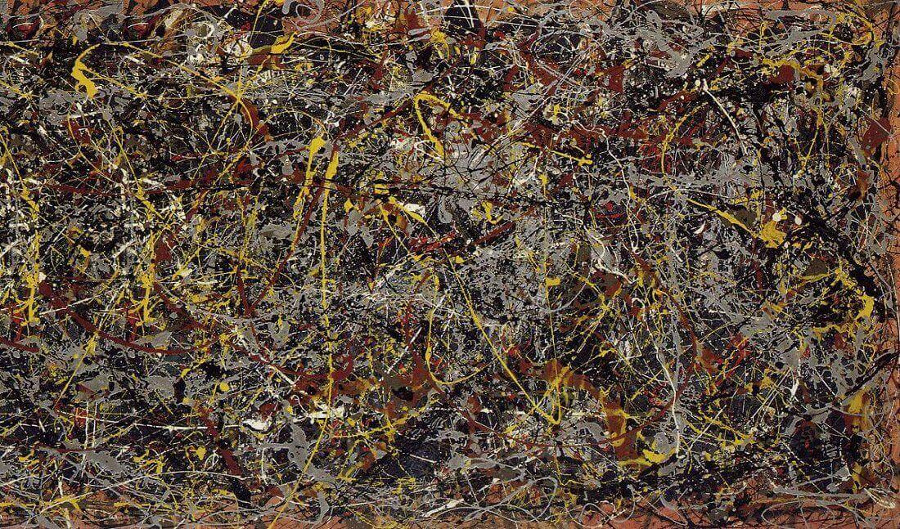
6. Abstract Expressionism: Where Emotions Go Wild
You know that feeling when you just need to throw paint on a canvas and express your deepest emotions? That’s basically what Abstract Expressionism is all about. Emerging in the 1940s and 1950s, this movement focuses on spontaneous, emotional art - no forms, no rules, just pure expression. Jackson Pollock was the king of this genre, using his famous “drip” technique to create chaotic yet beautiful works.
Abstract Expressionism is about feeling the art, not interpreting it. Pollock’s No. 5, 1948 is the epitome of this, an abstract web of color and movement. So, next time you’re discussing art and want to sound smart, just mention how spontaneous and gestural abstract art is. You’ll come off like you’ve read a few art theory books, no sweat.
7. Realism: No Rose-Colored Glasses Here
The Realism movement of the mid-19th century wanted none of that idealized, romanticized nonsense. Instead, Realist artists aimed to show the truth - no sugar-coating, no exaggeration. Focused on everyday people and ordinary life, Realism highlighted the working class, poverty, and social issues, giving the mundane a voice in the art world.
Gustave Courbet’s The Stone Breakers is a key example of this - it shows laborers hard at work in a way that doesn’t sugarcoat their lives. If you ever want to talk about “truthful representation” or “social realism,” just drop those terms at dinner, and you'll sound like a deep thinker.
8. Art Nouveau: Nature's Elegant Touch
Art Nouveau (late 19th–early 20th century) brought elegance back to design. With its flowing lines, floral motifs, and intricate details, this movement infused nature directly into art. Artists like Gustav Klimt and Antoni Gaudí used Art Nouveau to create works that were simultaneously artistic and decorative, blending nature with architectural design.
Imagine ornate glass windows, curvy lines, and soft floral patterns all blended together. Art Nouveau was a response to the harsh industrial age, and if you ever want to discuss it, just mention how it merges “organic” and “decorative” styles. You’ll sound like someone who can identify a Klimt from a Kinkade in no time.
9. Fauvism: When Color Became the Star
If you like bright colors, bold statements, and a touch of rebellion, Fauvism is your art movement. Born in the early 20th century, this movement was all about using wild, non-natural colors to express emotion. Artists like Henri Matisse and André Derain didn’t care if the sky was really pink - they just used it because it looked good and felt right.
So, next time you see an abstract landscape with a ridiculously bright sky, you’ll know you’re staring at Fauvism. Mention how the “color choices defy naturalism” and you’ll sound like you know your Picasso from your Pollock.
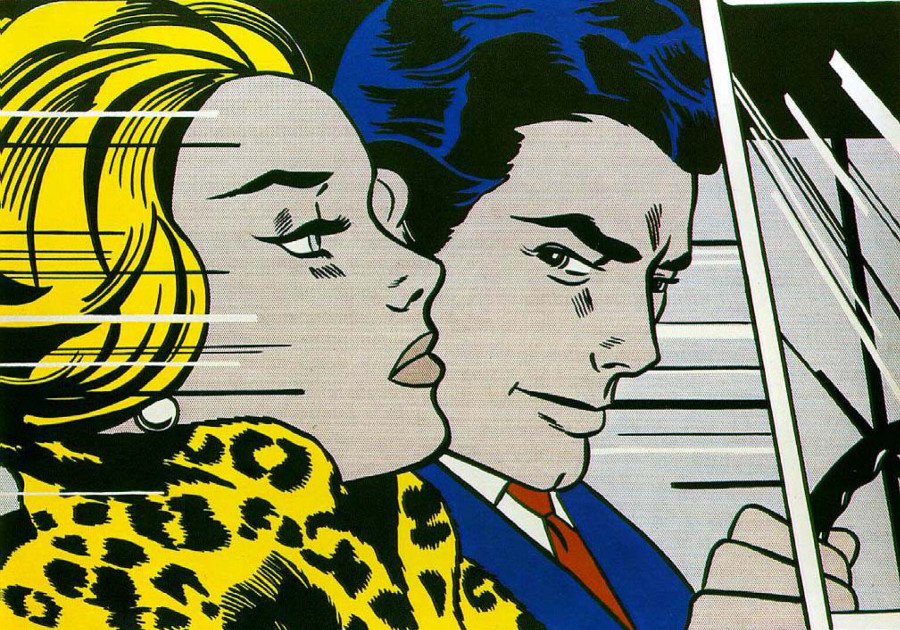
10. Pop Art: When Art Got *Pop*ular
Pop Art emerged in the 1950s as a celebration of consumer culture, mass media, and commercial imagery. Think soup cans, comic strips, and celebrities turned into art. Andy Warhol’s Campbell’s Soup Cans made art out of everyday consumer goods, questioning the boundaries between high art and mass culture. Pop Art is like the art world’s answer to the question: “Can art be popular?”
So, next time you’re discussing art and see something that feels commercial, just drop the phrase “high culture meets low culture,” and you’ll sound like you know exactly what you’re talking about.
Wrapping It Up
Now that you’ve got the lowdown on these 10 art movements, you’re officially armed to handle the next dinner-table debate on art without feeling totally out of the loop. Whether you’re discussing Impressionism or Pop Art, just remember: art is about feeling, expression, and breaking boundaries. And who knows? The next time you’re chatting about art, you might even be the one dropping art world wisdom to your fellow diners. So go ahead - get out there, and let art be your conversation starter.
If you want to deepen your knowledge about art even further, check out famous pictures either offline in a museum or online on a museum's website. Here are a couple of the most famous museums: Louvre (Paris), Metropolitan (New York), Prado (Madrid), Tate Modern (London), Musée d'Orsay (Paris), Uffizi (Florence), MoMa (New York), British Museum (London).

